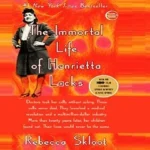Biography of J.D. Salinger was an American author best known for his famous novel “The Catcher in the Rye”. Born in New York City on January 1, 1919, Salinger led an interesting life as a writer and recluse. This article by J.D. Provides a comprehensive biography of Salinger, describing his early life, writing career, and his lasting influence on literature.
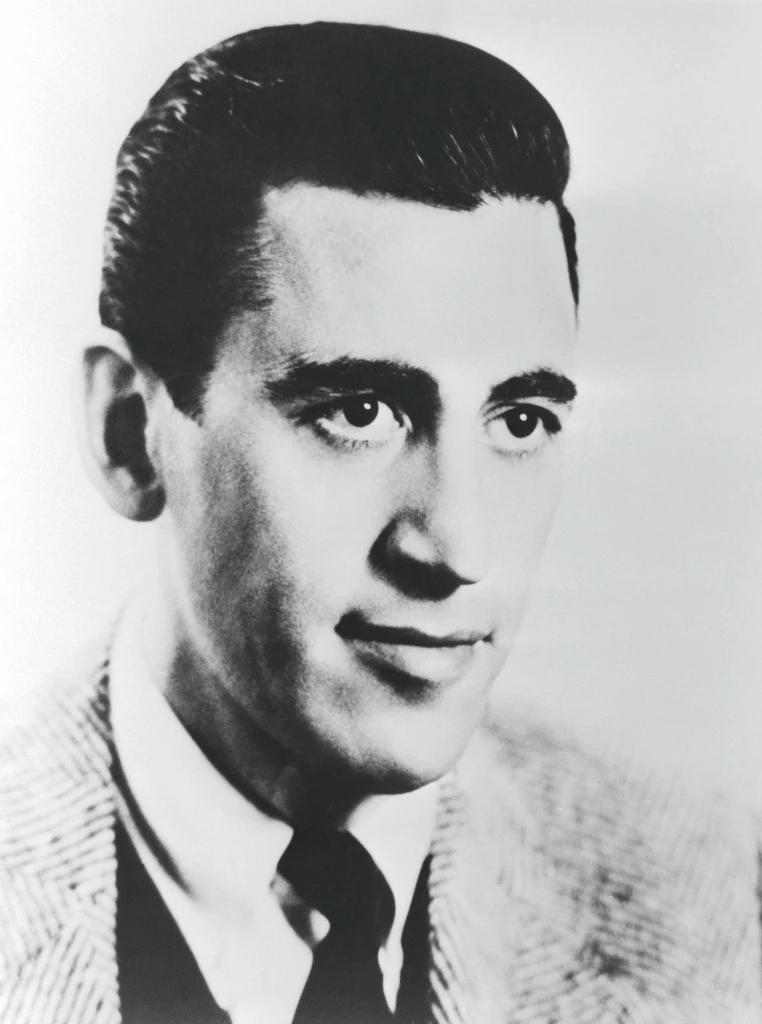
FACTS
Name: J. D. Salinger / Jerome David Salinger
Year of Birth: 1919
Date of Birth: January 1, 1919
State of Birth: New York City of
Birth: New York
Country of Birth: United States
Gender: Male
Notable Accomplishments: J.D. Salinger gained significant recognition as a prominent American writer of the 20th century, primarily through his influential novel ‘Catcher in the Rye.
Professional Fields: Fiction and Poetry
Zodiac Sign: Capricorn
Educational Background:
McBurney School
Ursinus College
Valley Forge Military Academy
New York University
Columbia University
Year of Death: 2010
Date of Death: January 27, 2010
State of Death: New Hampshire
City of Death: Cornish
Country of Death: United States
The Spirit Catches You and You Fall Down PDF
Biography of J.D. Salinger
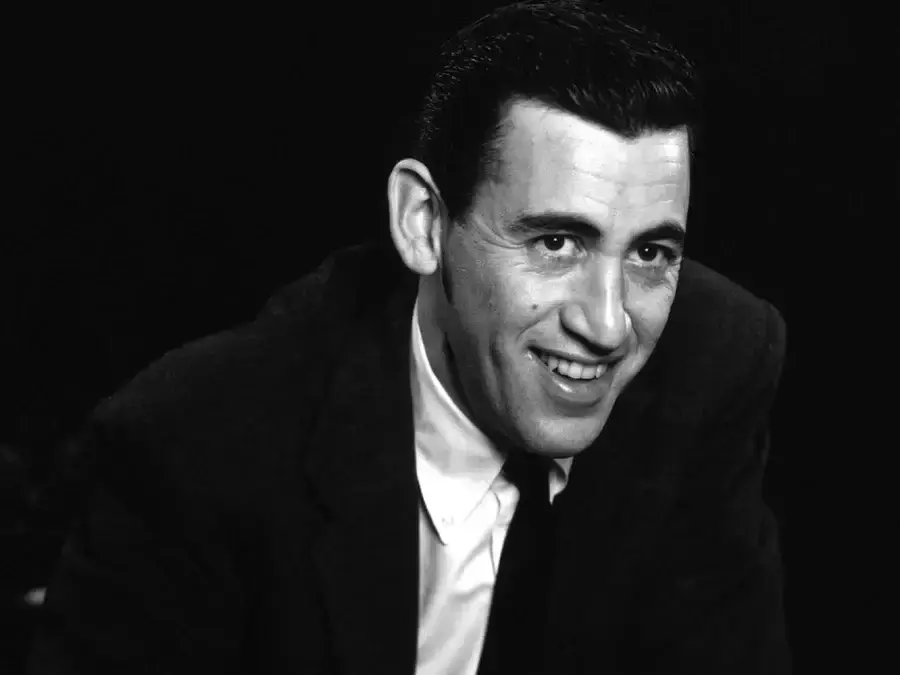
Table of Contents
Early Life and Education
J.D. Salinger was born in New York City to a Jewish father, Sol Salinger, and a Scotch-Irish mother, Marie Jillich. He grew up on the Upper West Side of Manhattan and attended various private schools, including the McBurney School and Valley Forge Military Academy. Salinger’s early experiences as a student and his exposure to different educational systems influenced his later writings.
Early Writing Career
During his time at Valley Forge Military Academy, Salinger began writing short stories and submitting them to various publications. In 1940, his story “The Young Folks” was published in Story magazine, marking his first professional success as a writer. This early accomplishment motivated Salinger to pursue writing as a career.
Military Service and World War II | NPR the Private War of j.d. Salinger
In 1942, Salinger was drafted into the U.S. Army and served during World War II. He participated in several major battles, including the D-Day invasion and the Battle of the Bulge. Salinger’s wartime experiences greatly influenced his writing and shaped his worldview.
Biography of J.D. Salinger
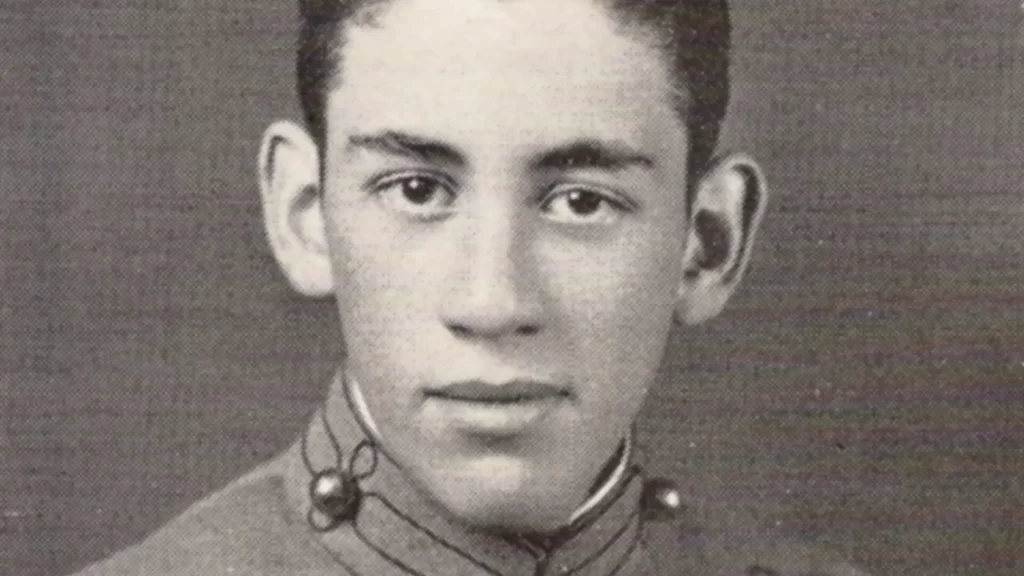
Publication of “The Catcher in the Rye”
In 1951, Salinger published his most famous work, “The Catcher in the Rye.” The novel follows the rebellious teenage protagonist, Holden Caulfield, as he navigates through the complexities of adulthood. “The Catcher in the Rye” became an instant classic and resonated with readers worldwide, capturing the essence of teenage angst and disillusionment.
Salinger’s Literary Themes and Style
Salinger’s writing is characterized by its introspective nature, psychological depth, and exploration of themes such as alienation, identity, and the loss of innocence. His unique narrative style, often employing first-person narration, drew readers into the minds of his complex and troubled characters. Salinger’s works continue to be celebrated for their authentic portrayal of human emotions and experiences.
Biography of J.D. Salinger
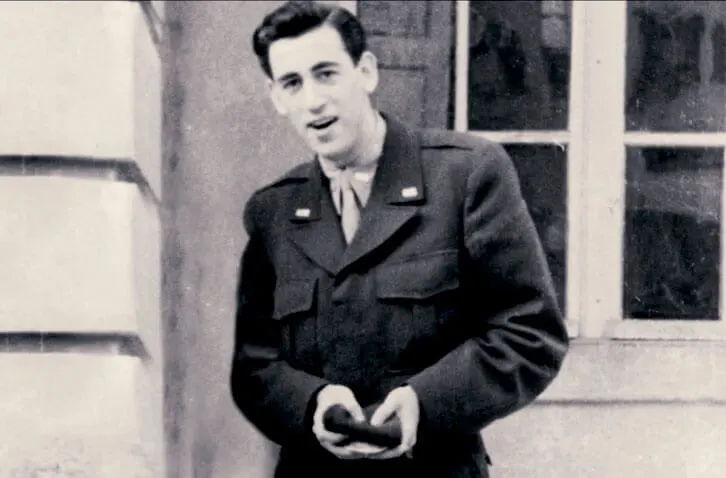
Retreat from the Public Eye
Following the success of “The Catcher in the Rye,” Salinger became increasingly reclusive. He shunned the media, rarely gave interviews, and withdrew from public life. Salinger’s seclusion fueled public curiosity, transforming him into a mysterious and enigmatic figure.
Later Life and Works
Despite his withdrawal from the public eye, Salinger continued to write throughout his life. However, he published very little work after “The Catcher in the Rye.” In 1965, he released a collection of short stories titled “Nine Stories,” which further showcased his unique storytelling abilities. Salinger’s later works, including “Franny and Zooey” and “Raise High the Roof Beam, Carpenters,” received mixed reviews but maintained his reputation as a talented writer.
Legacy and Influence
J.D. Salinger’s impact on literature is profound. “The Catcher in the Rye” remains a seminal work in American literature, inspiring countless readers and future writers. Salinger’s ability to capture the struggles of adolescence and the search for authenticity resonates with generations. His reclusive nature added to the allure of his work, making him an iconic and influential figure in the literary world.
J. D. Salinger Quotes
- I’m sick of just liking people. …
- How do you know you’re going to do something, untill you do it? …
- I am a kind of paranoid in reverse. …
- Mothers are all slightly insane. …
- People never notice anything. …
- I’m sick of not having the courage to be an absolute nobody.
Biography of J.D. Salinger
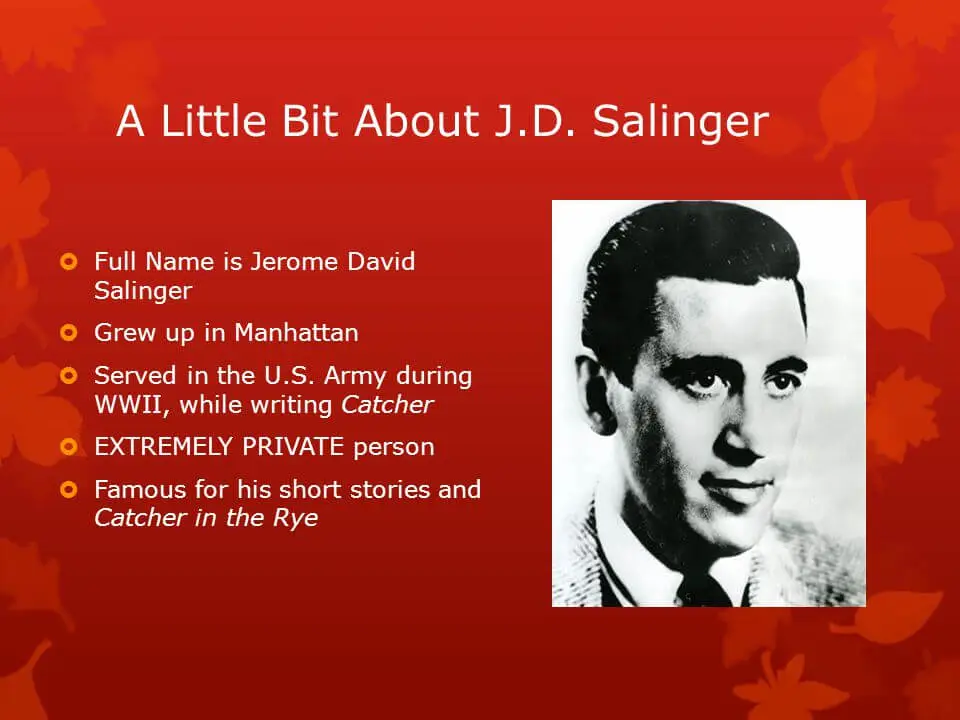
Conclusion
J.D. Salinger’s life and work continue to captivate readers around the world. From his early successes to his retreat from the public eye, Salinger’s unique perspective and storytelling abilities left an indelible mark on literature. His characters and themes explore the complexities of the human condition, provoking introspection and reflection. The legacy of J.D. Salinger and his timeless creations will endure for generations to come. Wikipedia
Frequently Asked Questions (FAQs)
Did J.D. Salinger write any other novels apart from “The Catcher in the Rye”?
Yes, J.D. Salinger wrote several other works, including “Franny and Zooey,” “Raise High the Roof Beam, Carpenters,” and “Nine Stories,” among others.
Why did J.D. Salinger become reclusive?
Salinger’s reasons for becoming reclusive are multifaceted and not fully known. Some speculate that he valued his privacy and wanted to distance himself from the fame and attention generated by his writing.
How did J.D. Salinger’s wartime experiences influence his writing?
Salinger’s experiences during World War II provided him with firsthand insights into the horrors and traumas of war. These experiences influenced the themes of alienation and disillusionment present in his works.
What makes “The Catcher in the Rye” a significant novel?
“The Catcher in the Rye” is considered significant for its authentic portrayal of teenage angst and its exploration of universal themes such as identity, alienation, and the loss of innocence.
How has J.D. Salinger influenced other writers?
J.D. Salinger’s unique writing style and exploration of complex themes have influenced countless writers, particularly in the realm of coming-of-age literature. His impact can be seen in the works of authors such as John Green and Stephen Chbosky.





